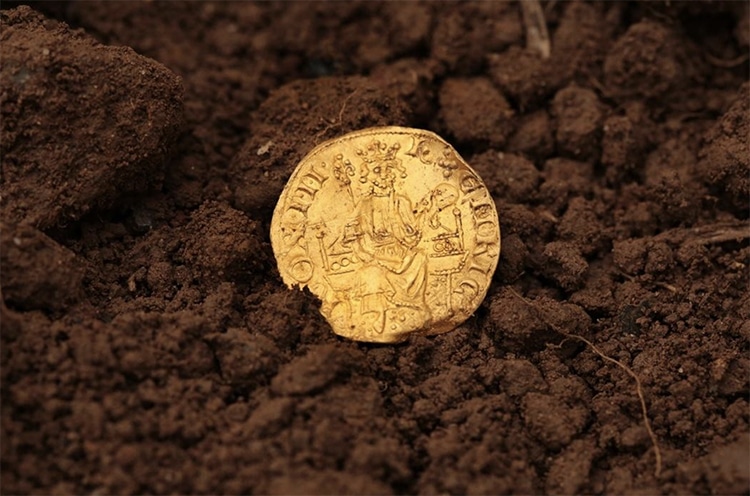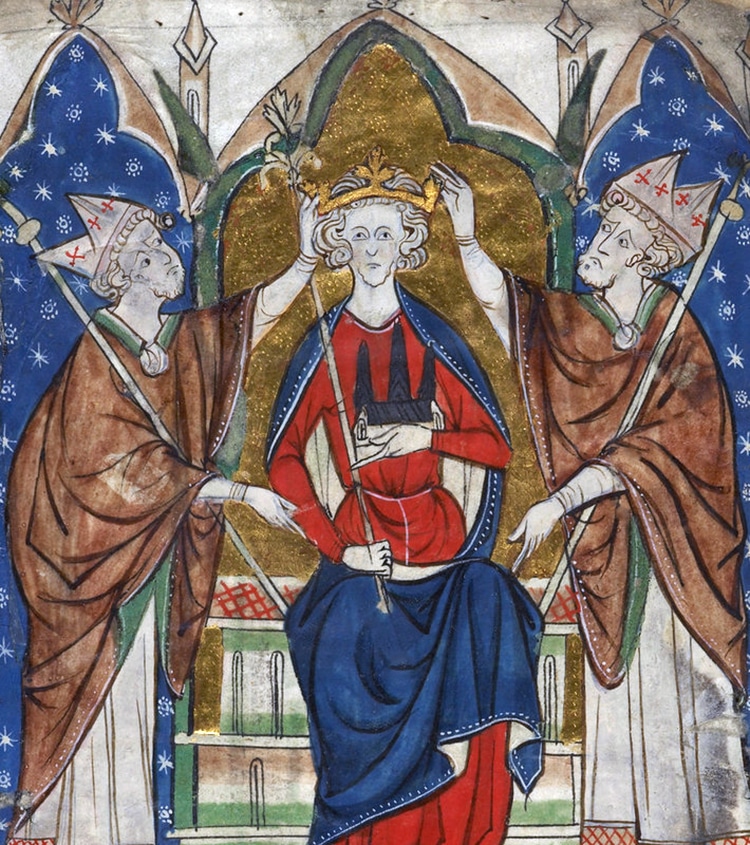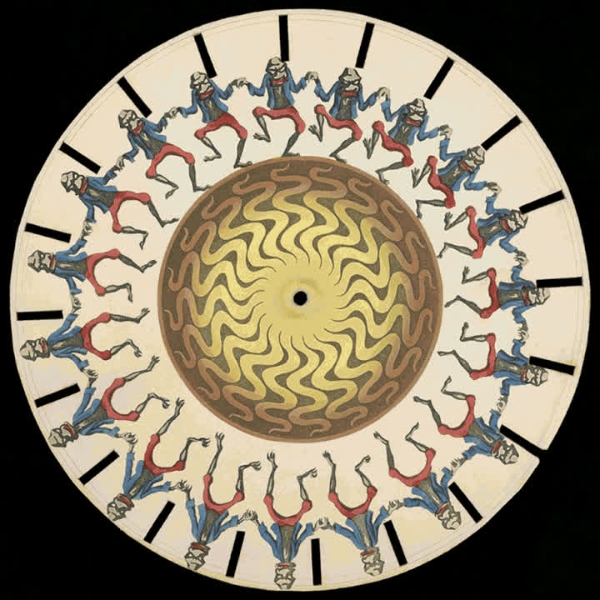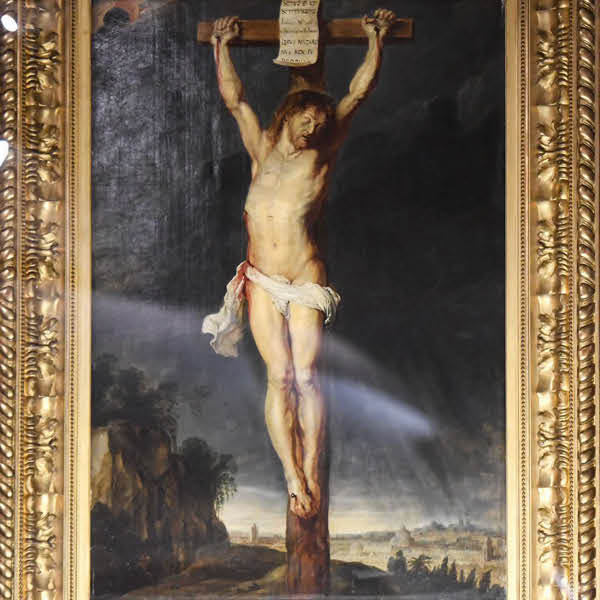
The Henry III golden coin discovered in England. (Photo: Spink & Son)
Finding buried treasure is a common childhood dream, and some people hold onto this dream as adults, often pursuing a career in archeology. Though rare, there are also instances in which amateur metal detectorists make discoveries that lead to great leaps in knowledge as they are further excavated and studied by professionals. A recent find in a farmer's field in Devon, England, has been particularly exciting for both its amateur, anonymous discoverer and medieval historians. The incredible find is a single gold penny—minted by King Henry III and dating to the 13th century.
The unnamed discoverer had only recently begun his metal detecting quest after many years in abeyance. He posted his find on Facebook, but did not yet appreciate its impressive historical significance. A numismatic scholar named Gregory Edmund from Spink & Son noticed the coin online, and he advised the finder of its true significance. Minted around 1257, the stamped gold coin shows King Henry III of England sitting on a throne with scepter and orb. It is one of the earliest examples of gold English coinage, and one of only eight known examples from the reign.
King Henry III of England was a member of the Plantagenet house, a family of rulers descended from French nobility who eventually came to the English throne. Henry III reigned for an impressive 56 years. During this period he strengthened and centralized royal authority while also waging war abroad. According to Edmund, during the king's 13th century rule, coinage was shifting from silver to gold. Lands in the Middle East predominantly had gold coins, while England and the rest of Europe used silver. “At this time [in the 13th century] you see a huge crossover. So you start getting gold coins in the West, and silver coins in the East at this point. And basically that shows very clearly the two sides are speaking to one another and they're involved in one another,” Edmund told CNN.
Gold coins had not been minted in England since the Norman Conquest. It is thought that Henry III reintroduced the metal in 1257 by recycling Byzantine coins and Islamic gold dinars from his own treasury. Markings on the coin indicate the hand of Willem FitzOtto of Gloucester, The King's Goldsmith. Flowers and a cross adorn the flip-side of the coin. Beyond its shimmering beauty, the coin's excellent condition and rarity make it remarkable.
Found treasure in the UK is subject to the Treasure Act of 1996; but, as the coin is a single-item find, it belongs to the finder. He has offered it up for auction through Spink & Son, where it sold for £540,000 ($728,422.20). Meanwhile, the well-preserved relic has advanced the knowledge of medieval numismatics.
An English amateur metal detectorist discovered a medieval gold coin dating to the reign of Henry III.

Both sides of the stunning coin, which dates to around 1257. (Photo: Spink & Son)
The coin—one of only about eight known from its period—went on auction at Spink & Son and sold for £540,000 ($728,422.20).

The coronation of King Henry III. (Photo: Wikimedia Commons, Public domain)
Spink & Son: Website
h/t: [CNN]
Related Articles:
Long-Lost Mosaic From Caligula’s “Pleasure Boat” Is Discovered in NYC Being Used as a Coffee Table
Hidden Hoards and Buried Treasure Troves Are Real and Still Being Discovered
Japanese Archaeologists Dig Up Jar Filled With Over 200,000 Bronze Coins






















































































